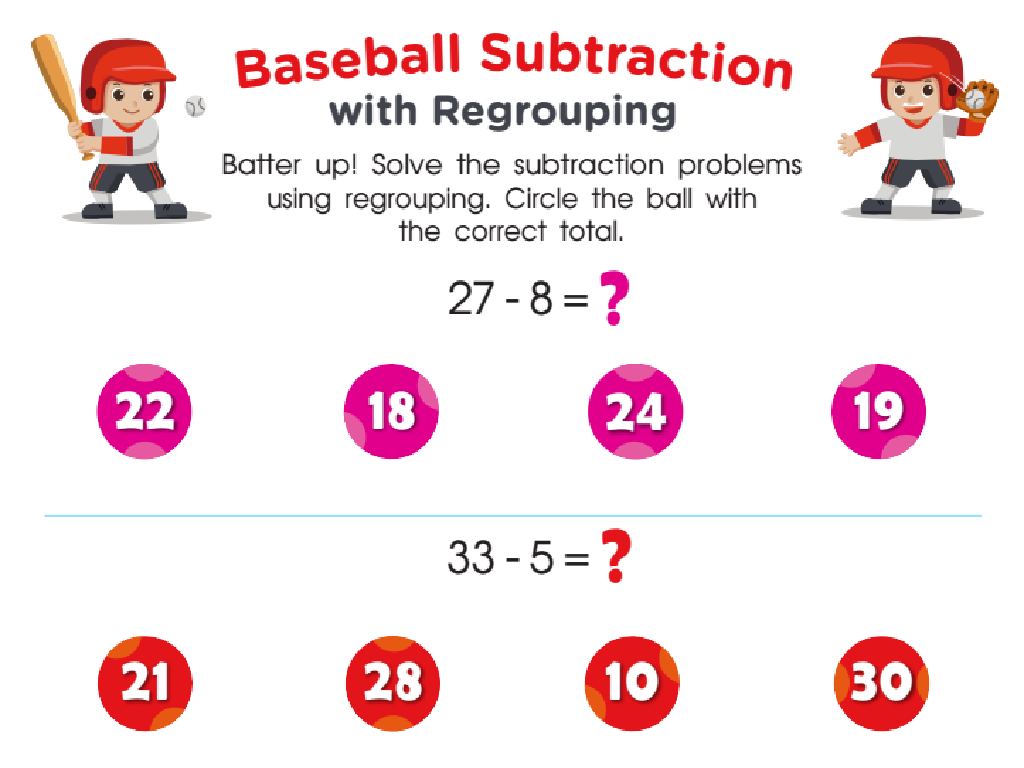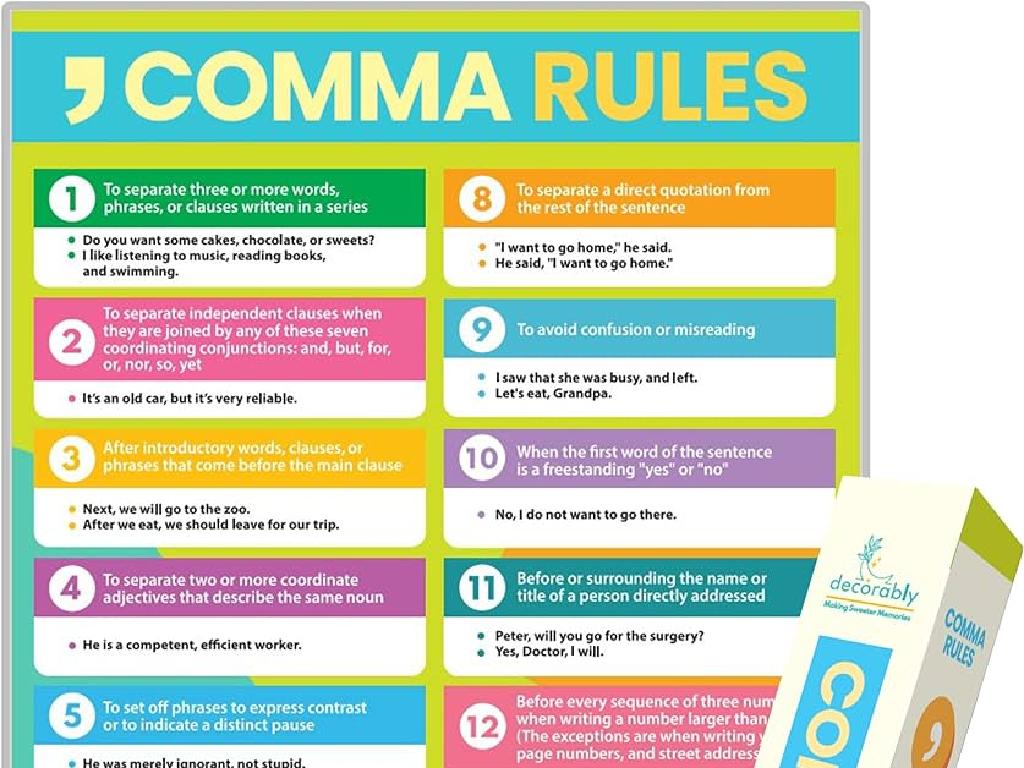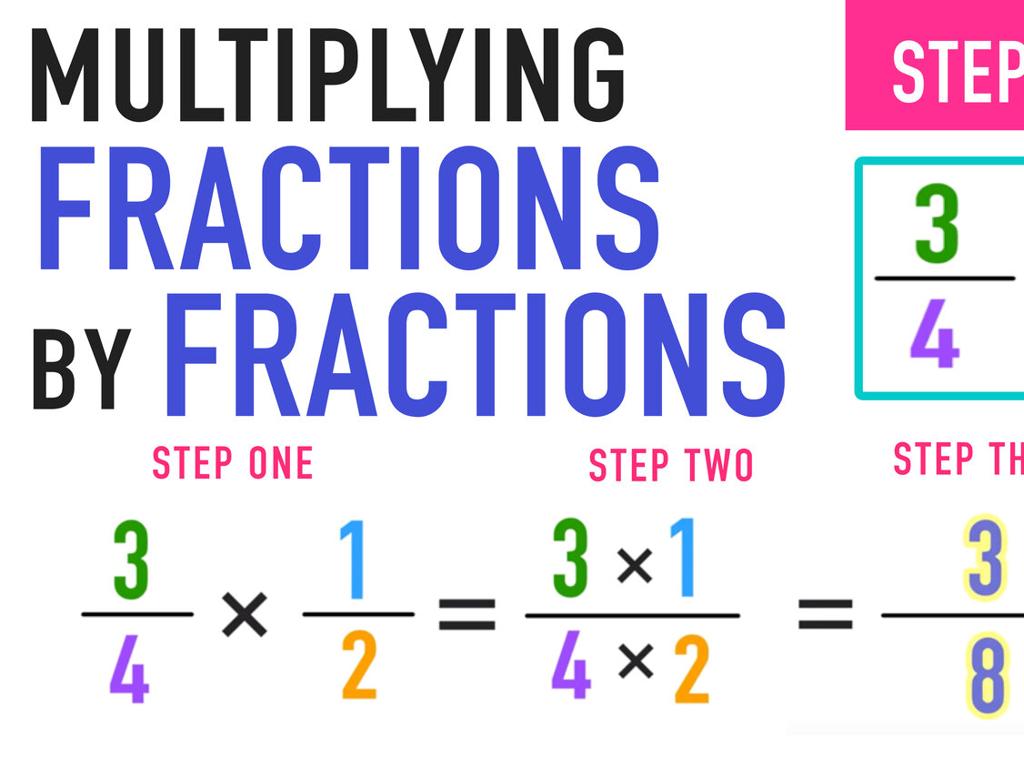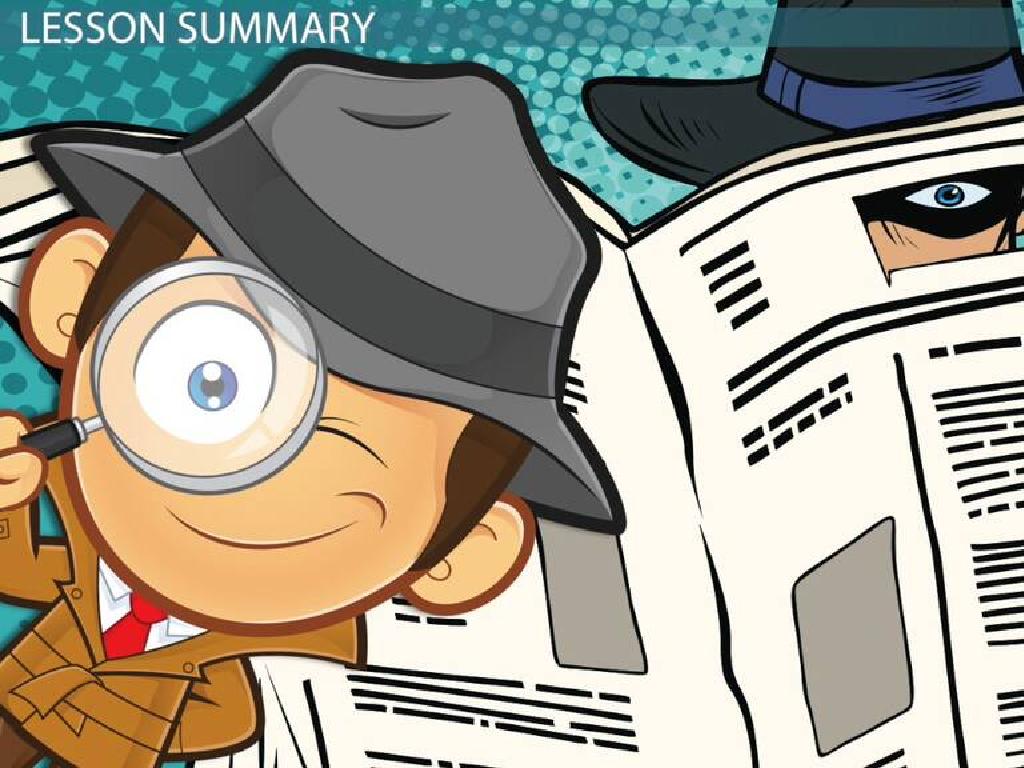Choose The Best Transition
Subject: Language arts
Grade: Fifth grade
Topic: Organizing Writing
Please LOG IN to download the presentation. Access is available to registered users only.
View More Content
Organizing Writing: Mastering Transitions
– Understanding writing flow
– How sentences connect to form a clear story or argument
– Importance of organization
– Organized writing helps readers follow and enjoy the text
– Focus on best transitions
– Transitions are words/phrases that connect ideas smoothly
– Enhancing writing coherence
– Good transitions make writing easier to understand
|
This slide introduces the concept of organization in writing, emphasizing the importance of flow and coherence. Explain that transitions are like bridges between thoughts, guiding readers from one idea to the next. Discuss why organized writing is crucial for clarity and engagement. Use examples of transition words like ‘however’, ‘furthermore’, and ‘consequently’ to illustrate how they improve the flow of writing. Encourage students to think of transitions as tools that can make their stories or essays more enjoyable to read. In the next class, we will practice identifying and using transitions in various writing exercises.
Understanding Transitions in Writing
– Transitions: bridges between ideas
– Like a bridge lets you cross a river, transitions connect sentences and paragraphs.
– They ensure smooth writing flow
– Think of transitions as signals for your reader to know how ideas relate.
– Examples: ‘first’, ‘next’, ‘then’
– ‘First’ starts a list, ‘next’ shows continuation, and ‘then’ follows in sequence.
– ‘Finally’ signals conclusion
– Use ‘finally’ to introduce the last point or to signal the end of a list.
|
This slide introduces the concept of transitions in writing to fifth-grade students. Transitions are likened to bridges that help connect different ideas in writing, making the text flow smoothly. It’s important to provide examples of transition words such as ‘first’, ‘next’, ‘then’, and ‘finally’, and explain how they function in writing. ‘First’ can be used to begin a series of points, ‘next’ moves to the following idea, ‘then’ continues the sequence, and ‘finally’ indicates a conclusion. Encourage students to think of transitions as traffic signals that guide the reader through their writing. Have them practice using these transitions in sentences to solidify their understanding.
Mastering Transitions in Writing
– Transitions for time
– ‘meanwhile’, ‘later’, ‘after’ show when things happen
– Transitions for comparison
– Use ‘similarly’, ‘likewise’ to compare things
– Transitions for contrast
– ‘however’, ‘on the other hand’ show differences
– Transitions for cause and effect
– ‘because’, ‘therefore’ explain reasons and results
|
This slide introduces students to the concept of using transitions to organize their writing and make it flow smoothly. Transitions help readers understand the relationship between ideas. When discussing time, words like ‘meanwhile’ and ‘later’ indicate when events occur. ‘Similarly’ and ‘likewise’ are used when comparing similar ideas or things, while ‘however’ and ‘on the other hand’ signal a contrast between ideas. ‘Because’ and ‘therefore’ are crucial in explaining cause and effect. Encourage students to practice using these transitions in sentences to enhance their writing skills. Provide examples and create exercises where students can fill in the blanks with appropriate transitions.
Choosing the Best Transition
– Read surrounding sentences
– Understand the context for proper transition use
– Determine the relationship
– Are the ideas contrasting, complementary, cause-effect?
– Select the fitting transition
– Transitions like ‘however’, ‘therefore’, or ‘meanwhile’
– Practice with examples
|
This slide aims to teach students how to effectively use transitions in their writing to connect ideas. Start by explaining the importance of reading the sentences before and after the transition to understand the context. Discuss different types of relationships between ideas, such as contrast, addition, cause, and effect, and how to choose a transition word that best reflects that relationship. Provide a list of common transition words and phrases, and use examples to show how they can be used in sentences. Encourage students to practice by identifying potential transitions in sample texts or by creating their own sentences using different transitions.
Transitions in Writing: Examples in Action
– Sequence transitions in stories
– Words like ‘first’, ‘then’, and ‘finally’ show order in a story.
– Compare characters with transitions
– Use ‘similarly’ or ‘unlike’ to show comparison between characters.
– Cause and effect in experiments
– ‘Because’ and ‘therefore’ help explain reasons and outcomes in experiments.
– Practice using transitions
|
This slide provides practical examples of how to use transition words to organize writing effectively. For sequence, students can use transitions to indicate the order of events in a story. When comparing characters, transitions can highlight similarities or differences. In explaining cause and effect, transitions help clarify the relationship between actions and results. Encourage students to practice by writing sentences or short paragraphs using these types of transitions. This will help them understand how to make their writing flow logically and coherently.
Practice Time: Mastering Transitions
– Identify transitions in a paragraph
– Group activity: craft a story
– Work together to write a short story
– Use transition words effectively
– Words like ‘firstly’, ‘then’, ‘finally’ guide the story flow
– Share your group’s story
– Each group will present their story to the class
|
This slide is designed for a hands-on group activity to reinforce the concept of using transition words in writing. Begin by explaining how transition words help connect ideas and clarify the sequence of events. Divide the class into small groups and assign them to create a short story, ensuring they use a variety of transition words. Provide a list of transition words as a reference. Encourage creativity and collaboration among students. After the activity, have each group share their story with the class, highlighting the transitions they used. This will help students understand the practical application of transition words in organizing their writing and improve their storytelling skills.
Class Activity: Transition Treasure Hunt
– Find transitions in text
– Pair up for a writing task
– Use five transitions in a paragraph
– Transitions like ‘firstly’, ‘then’, ‘however’, ‘therefore’, ‘finally’
– Share with the class
|
This activity is designed to help students recognize and use transition words effectively in their writing. Begin by providing a text with several examples of transition words and phrases. Have students work in pairs to highlight these transitions, discussing how they connect ideas. Next, instruct each pair to write a short paragraph using at least five different transitions to link their sentences smoothly. Encourage creativity and the use of various transitions. Finally, have each pair share their paragraph with the class, fostering a collaborative learning environment. This will help students understand the role of transitions in organizing writing and improving flow. Possible transitions to use: ‘for example’, ‘on the other hand’, ‘as a result’, ‘in conclusion’, ‘moreover’.
Wrapping Up: Transitions & Your Homework
– Why transitions matter
Transitions connect ideas smoothly.
– Homework: Craft a narrative
Write a story about your day or a recent event.
– Use transitions effectively
Include transitions like ‘first’, ‘then’, ‘next’.
– Share your story next class
|
As we conclude today’s lesson, remind students of the role transitions play in making writing coherent and easy to follow. For homework, they are to write a personal narrative, such as a recount of their day or a memorable event, using the transition words and phrases we’ve discussed. Encourage them to think about how each part of their story connects and to use transitions to guide the reader through their narrative. In the next class, students should be prepared to share their stories, which will help reinforce their understanding of transitions and allow for peer learning.






